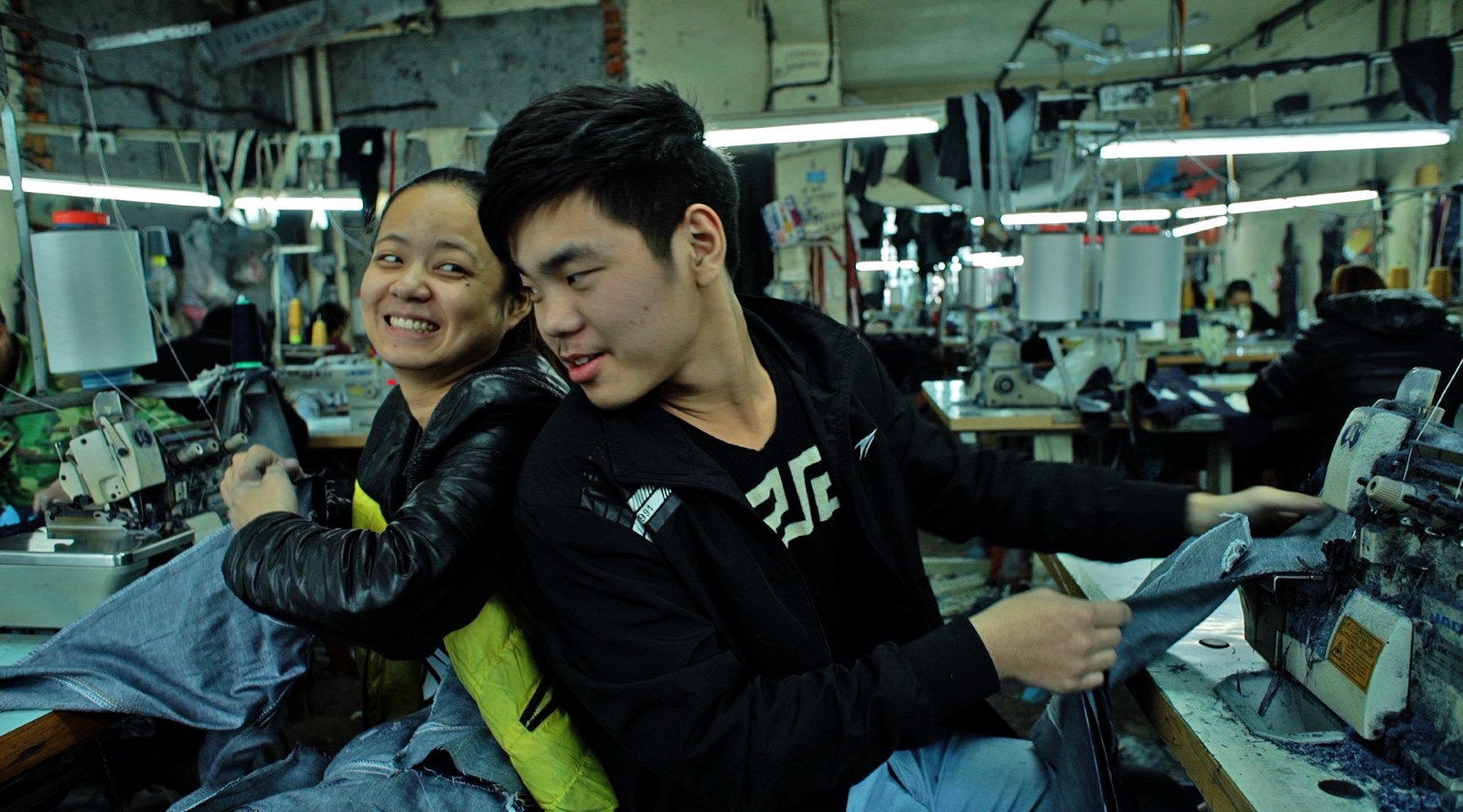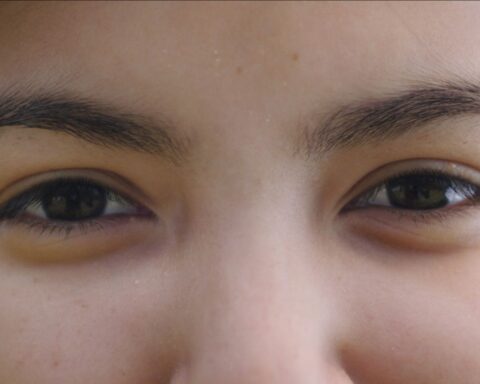Youth (Hard Times)
(China, France, Luxembourg, Netherlands, 227 min.)
Dir. Wang Bing
Western apps such as Letterboxd and Instagram are banned in China. As a result of nationalist censorship, users rely on state-approved apps as their primary outlets. The Chinese equivalent to Letterboxd is Douban, a social-media platform that allows cinephiles to rate films and share differing opinions with other members. Before July 2024, pages featuring the work of Chinese documentarian Wang Bing circulated the platform. While his controversial titles Fengming, a Chinese Memoir (2007), The Ditch (2011), and Dead Souls (2018) are still banned in China, the remainder of his oeuvre was publicly accessible on Douban until a fateful summer evening.
Last month, Three Sisters (2012), West of the Tracks (2002), and the entirety of his Youth trilogy instantaneously vanished from Douban overnight. Critics theorised that the content featured in Wang’s upcoming Youth instalments was to blame for the sudden censorship. A month later, critics garnered a greater understanding behind the information wipe-out with the recent premiere of Youth (Hard Times).
Shot between 2014 to 2019, Wang continues the events of his preceding chapter Youth (Spring) by focusing on the titular hardships of his teenaged subjects. The sequel shares a similar structure to the first film, utilising the cinéma vérité form to document the lives of the young garment workers through interconnected episodes. Wang filmed the series in Zhili, a township best known for its privately run workshops and migrant workforce. While Wang previously covered similar textile subject-matter with Bitter Money (2016) and 15 Hours (2017), the filmmaker wanted to primarily focus on the lives of the younger employees within his Youth saga. 2600 hours of footage was shot during the production, with three cameras simultaneously following the various subjects during the shoot.
Unlike the first instalment, which predominantly focused on the interiority and social alienation of the workforce, Wang’s directorial approach with Youth (Hard Times) is arguably more political. He continues to spotlight the exhaustion of the workers. Through kinetic cutting by film editors Dominique Auvray and Xu Bingyuan, the raucous sewing and financial fears that loom over the disenfranchised youth coincide with the repetitive edit. A cacophony of automation drowns the viewer in manufactured white-noise. Wang finds rhythmic intensity in scenes that hone into the worker’s concentrated tasks.
Some of the uglier aspects of Wang’s exploitative methodology from the preceding chapter are carried over into Youth (Hard Times). At the request of the workers themselves, Wang ignores their pleas to stop filming in select scenes. His camera crew records continuously, ignoring the workers’ privacy for the sanctity of cinema. Wang’s ignorance to his participants’ concerns is unethical. However, unlike Youth (Spring), the scenes are less severe in comparison to its predecessor. Whereas the preceding chapter intruded upon the personal safe spaces and dormitories of the subjects, the team in this case primarily filmed in areas of the workspace that are more public. However, questions still remain regarding the ulterior motives behind Wang’s methods.
Thankfully, the documentary rebounds with a stronger sense of narrative cohesion with its miscellaneous subplots. At the film’s peak, Wang demonstrates the aftermath of a violent assault that results in the closure of one of the workshops. The crime was perpetrated by the manager of a privately-run textile business. Wang captures differing opinions on site. Some of the workers are sympathetic to the victim, whereas others are more apathetic towards their workforce. In the process, the management’s family quickly vacates the premises to avoid a confrontation with the law. Without a proper contract agreement, the entirety of the workforce is left unemployed as they’re forced to sell the remaining equipment from the premises.
Wang balances tragedy with a strong focus on worker solidarity. The film includes scenes that demonstrate employees congregating and threatening collective leave against their corrupt management. The documentary captures their communal efforts in vicarious detail. Prolonged scenes of intense labour negotiations with the penny-pinching management emphasise the universal class struggle at the core of the documentary. From afar, Wang documents the great injustices of a neoliberal society through his political camera.
In the documentary’s most surprising scene, Wang breaks his observational gaze in an intimate interview with a worker named Hu Siwen. Using a participatory framework, Wang converses with Hu about his experiences with the 2011 Zhili tax riots. A testimonial about his confrontations with police brutality and the suppression of the workforce coincides with his concerns for the well-being of the predominantly migrant workforce. In contrast from initial reports, Chinese officials infamously dubbed the riots as “mass-incidents.” Youth (Hard Times) isn’t afraid to criticise systemic oppression of the working class, which may have contributed to Wang’s recent censorship in his homeland.
Wang’s impressive continuation of his Youth saga improves on the lesser elements of Youth (Spring). While some of the more problematic and debatably opportunistic shooting ethics still persist throughout his expansive chronology, Youth (Hard Times) delivers a thorough cinematic vision with a precise political edge. The documentary serves an ode to worker solidarity and mobilisation. Wang’s powerful second instalment effectively uses cinéma vérité as more than just an observational storytelling tool. Instead, his presence serves as an active commentator on the systemic injustices at play.













